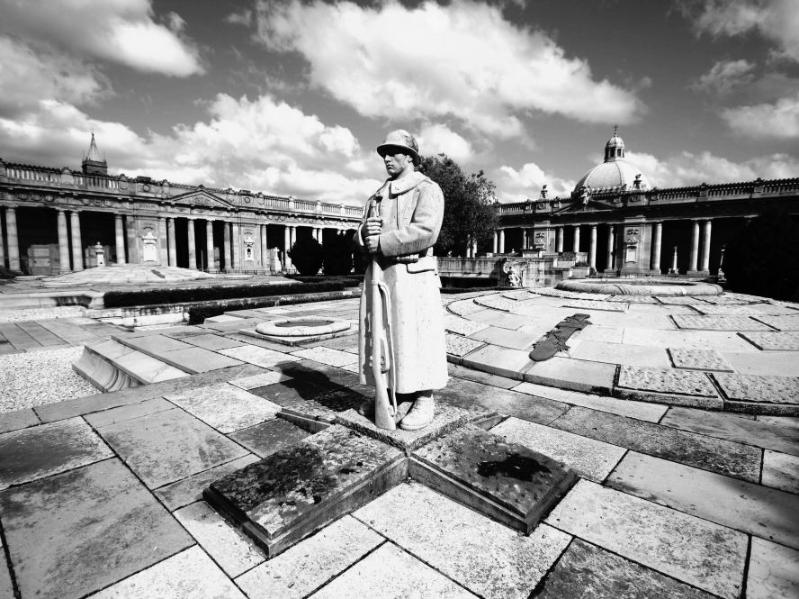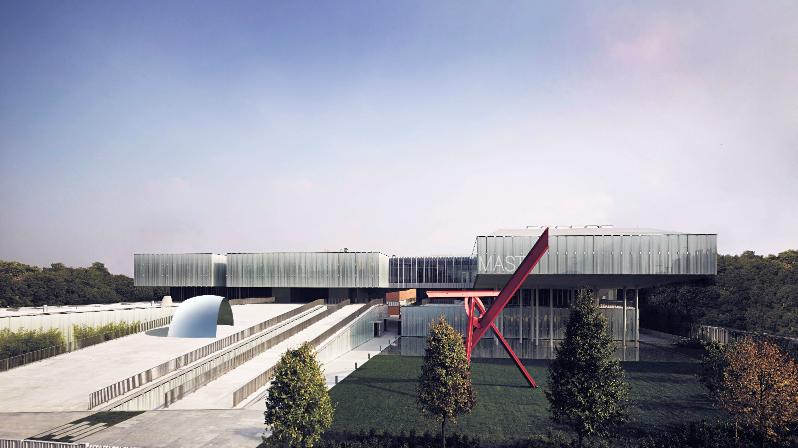The Certosa monumental cemetery is one of the oldest cemeteries of Europe, a monument that is renowned worldwide, a unique place regarding the sculpture and architecture of the XIX and the XX century.
The discovery of the Etruscan tombs in the Certosa cemetery, between 1869 and 1871, led to a successful series of archaelogical excavations, directed by the Bolognese archaeologist Antonio Zannoni, which clarified the historical and topographical reconstruction of the city. The materials coming from the tombs, which date back to the middle of the VI and IV century B.C., are now in the Etruscan wing of the Archaeological Civic Museum. In 1800, the Health Commission of the Reno Department decided to use the former S. Girolamo Certosa as a cemetery area. The Certosa had all the proper requirements: it was placed out of the town, in a perfect position in terms of the hydraulic network and the free circulation of air.
It officially opened in 1801 while in 1802 the architect Ercole Gasparini planned the new monumental entrance with big pillars topped by statues. In 1811 Gasparini planned a portico that linked the cemetery to the Sanctuary of San Luca. The first places that were adopted as cemetery were the Chiostro Terzo (Third Cloister), the Chiostro d'Ingresso (Entrance Cloister), the Sala della Pietà (Pity Hall) and the Sala delle Tombe (Tombs Hall). From the Tombs Hall, which used to be the old recreation rooms of the monks, you have access to the Loggia delle Tombe (Tombs Lodge) and from here you proceed to the Aula Gemima (Gemina Hall). The Sala delle Catacombe (Catacombs Hall) (1827) leads to the Gallery with three aisles that ends with the Colombario.
Some of the most famous monuments of the cemetery (Pepoli-Murat e Angelelli) stand out at the centre of the rooms. The most recent Campo degli Ospedali collects monuments of the Art Nouveau period along the boundary wall, at the centre the cemetery houses the ossuary of the fallen Partisans by the architect Piero Bottoni. Next to the cemetery are the place assigned to the non-Catholics, the Jewish cemetery, a crematory area and a cinerary.
Reference: Storia e Memoria di Bologna LA CERTOSA
Map
Certosa di Bologna - Monumental cemetery
Via della Certosa, 18 - 40133
Telephone: +39 051 6150811/12/13/14
Site/minisite/other: http://www.certosadibologna.it
Interests
- Art & Culture
Details
Accessibility
Mobility impairment or difficulty of movement
The Monumental Cemetery of Bologna is located just outside the medieval city walls.
Visitors in wheelchair are advised to use the entrance on via Certosa n. 18 (directions in Google Maps). The Pietà Hall, Cloister VII and the Gallery of Angels are not accessible due to the presence of steps. Given how large Certosa di Bologna is and the kind of ground on which it was built, not all areas can be easily reached. Please read the detailed attached file for a suggested accessible tour that takes you to the must-sees.
Hearing disability
An autonomous visit is possible given the predominantly visual enjoyment of the works exhibited outdoors. However, the size of the area is such that in the absence of precise information it can be complex to reach the monuments of artistic value and understand their meaning and importance. A useful tool therefore is the informative brochure with a map of the 33 most significant tombs, but the advanced level of the language used for the historical information does not facilitate the understanding of the text. There is no luminous or visual notification provided when the cemetery closes so there is a risk of being locked inside.
Visual disability
The cemetery includes sculpted works that can be tactilely explored independently, but the visit is greatly improved if accompanied by a guide. There are no explanatory captions or other expository devices in black or Braille or large print.
For more info please visit here.
Timetables
Summer (from 1/3 to 2/11): from 7.00am to 6.00pm
Winter: (from 3/11 to 28/02): from 8.00am to 5.00pm
HOLIDAYS:
Open: 24/12, 24/12, 26/12, 31/12, 01/01: h 8am-5pm









